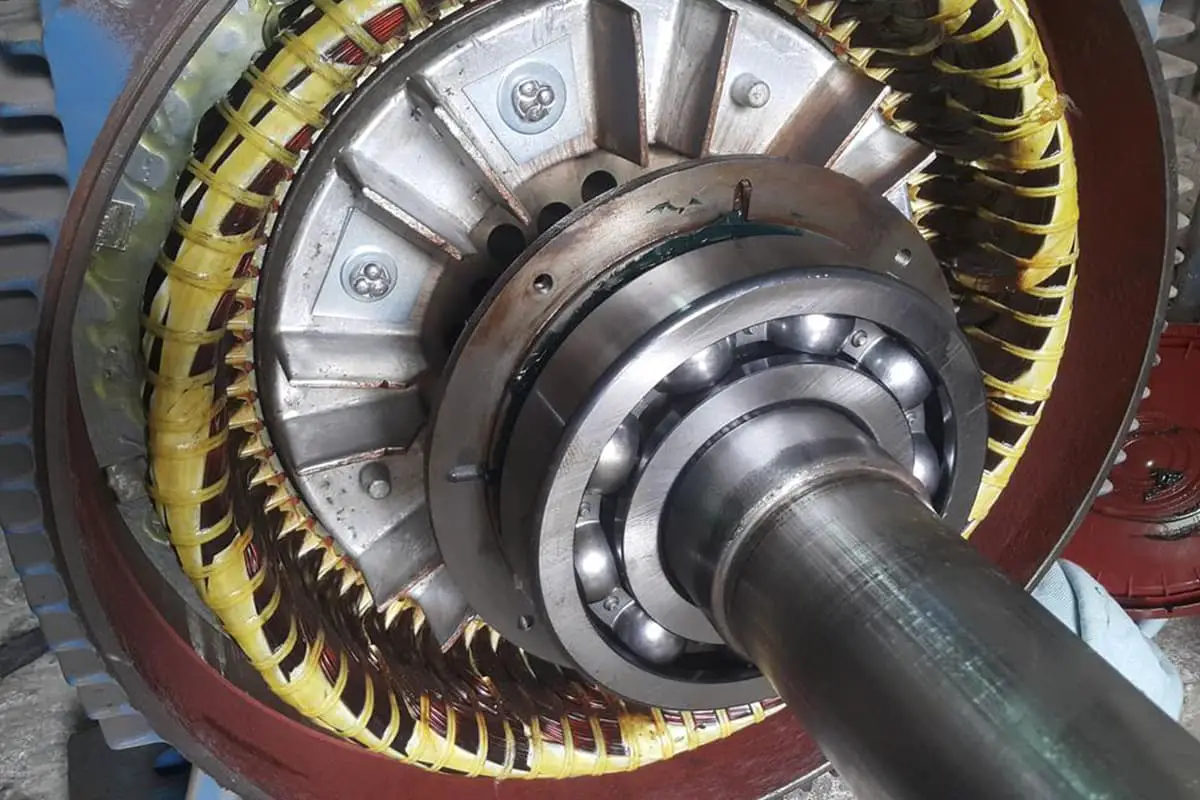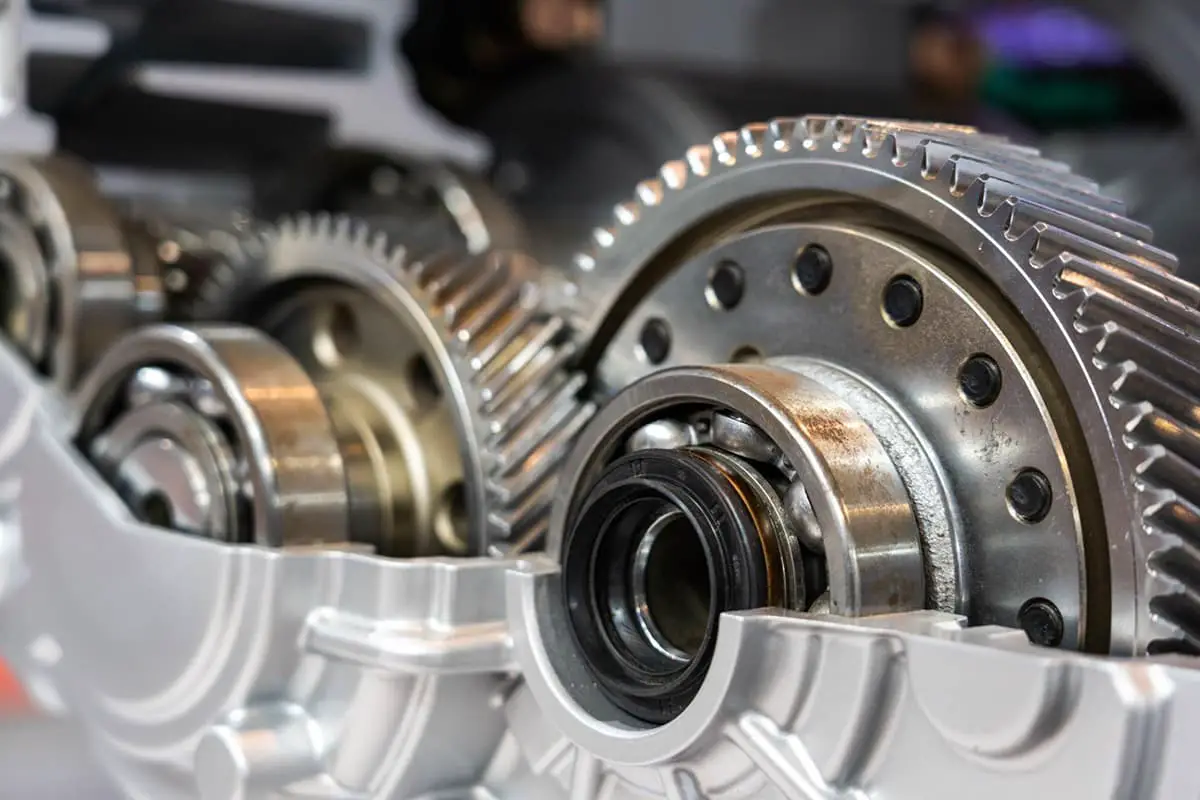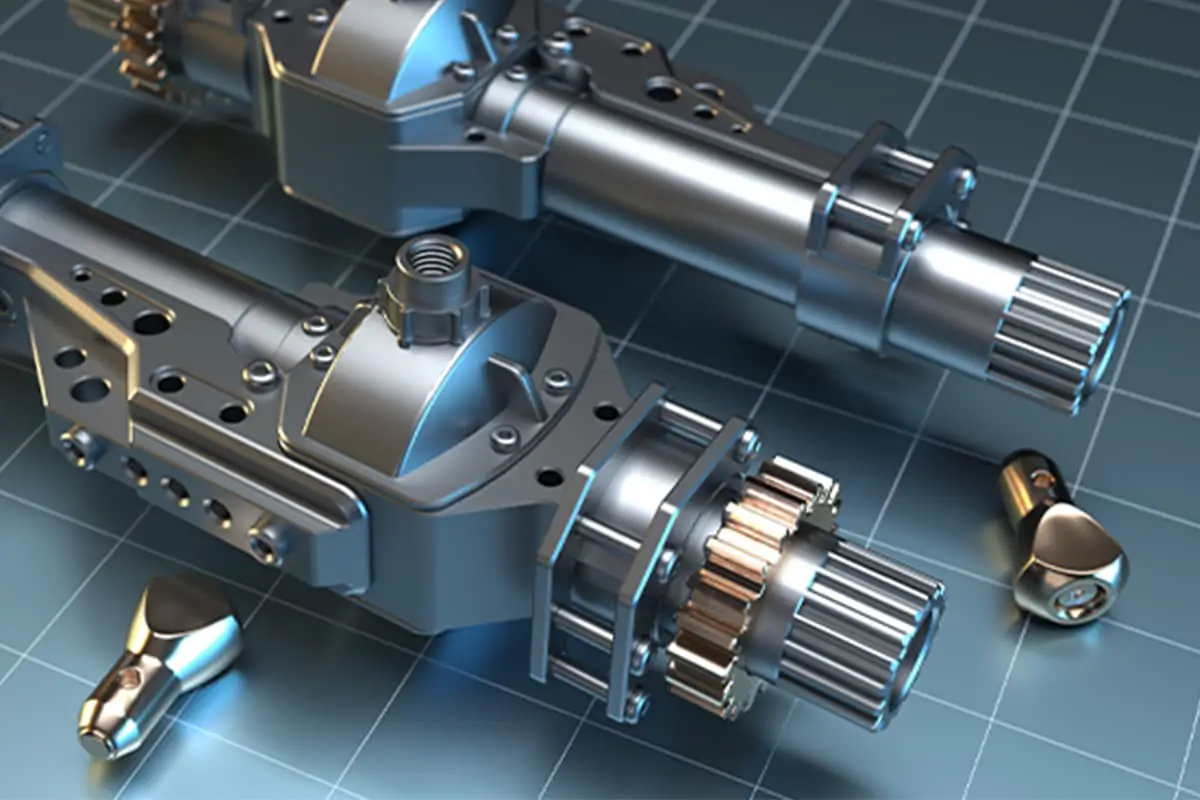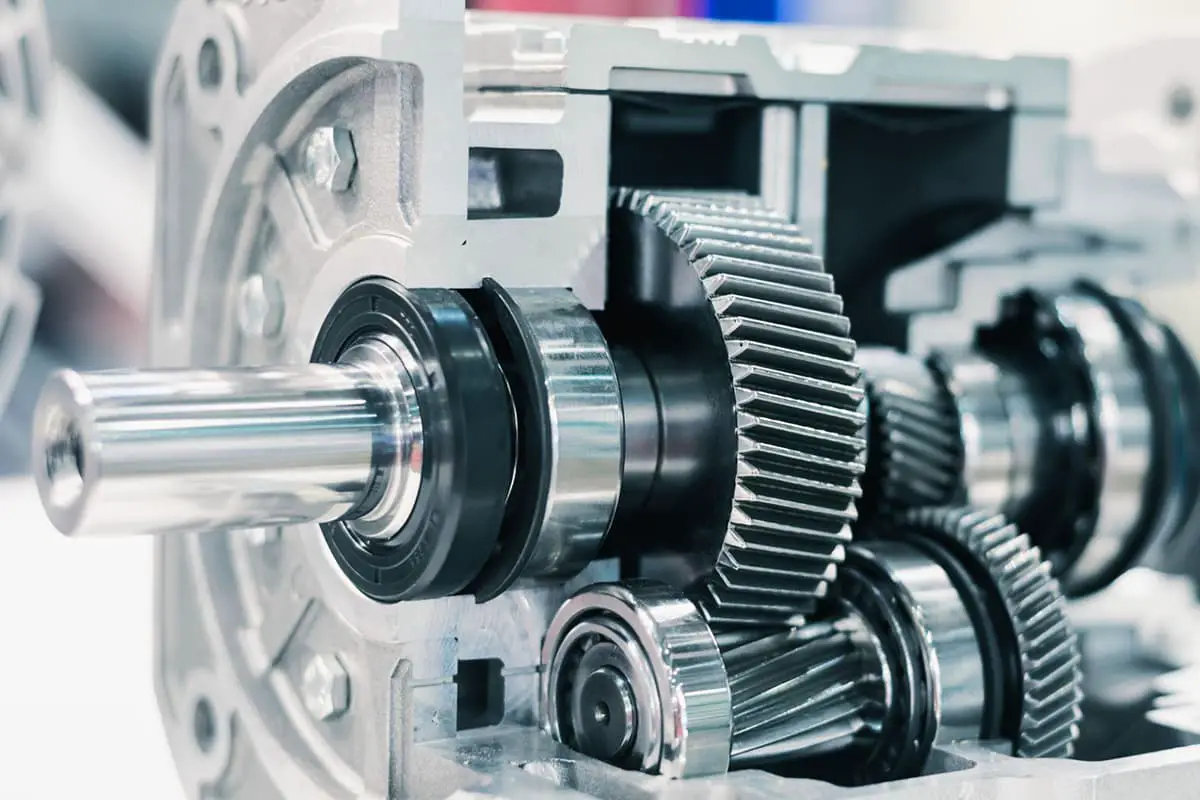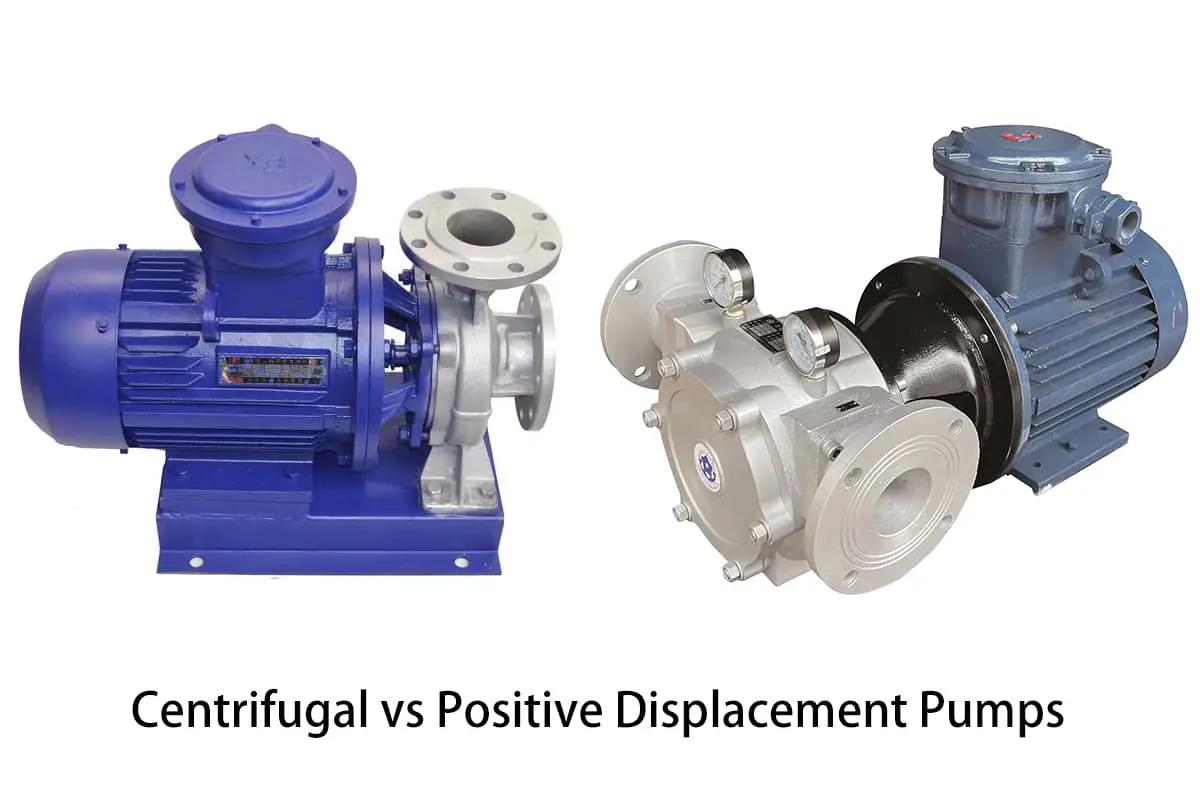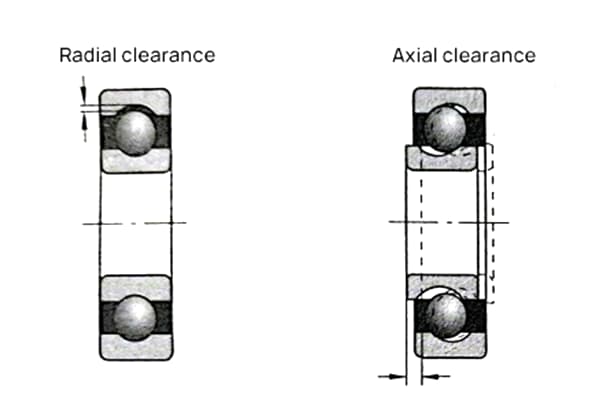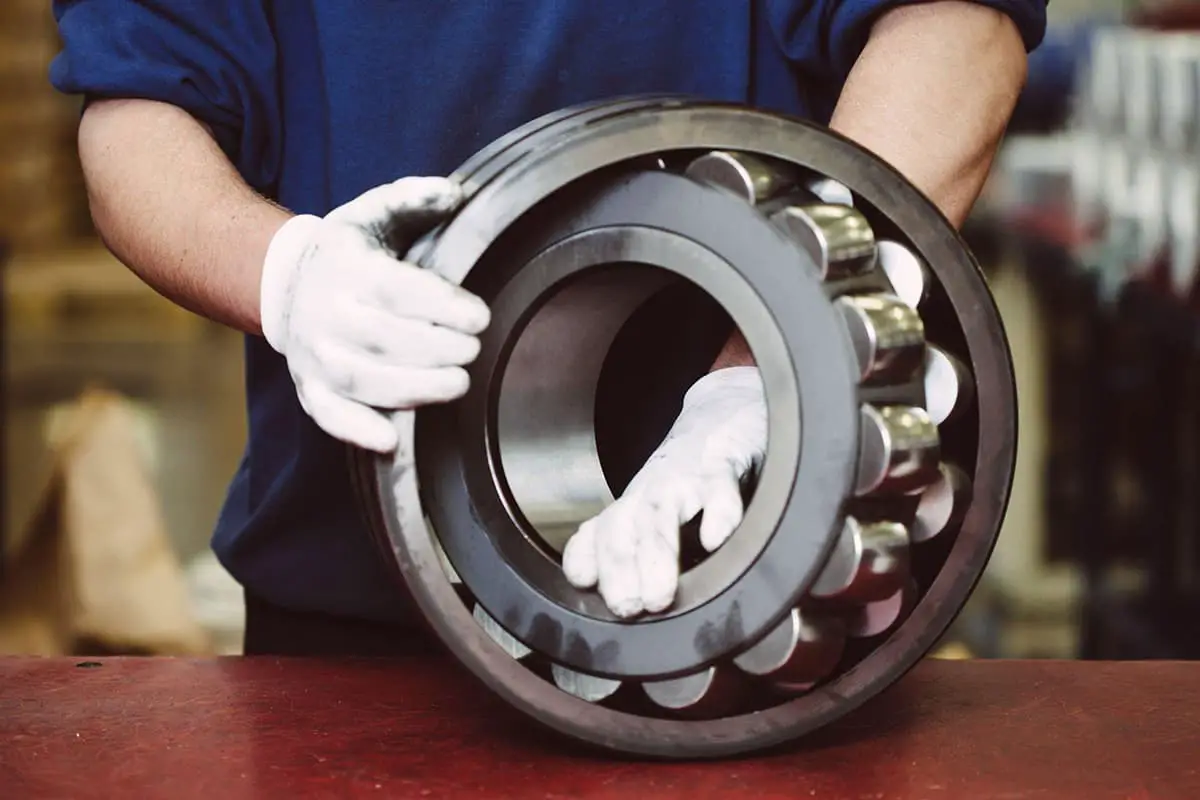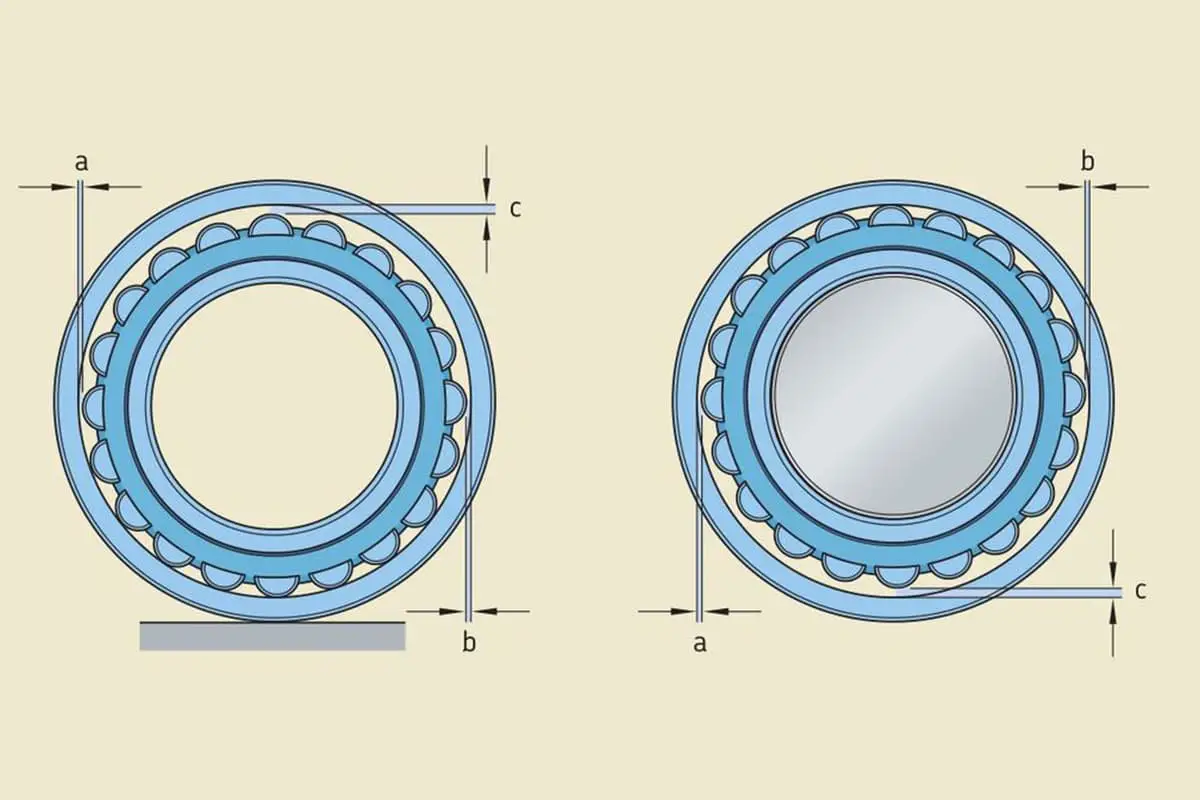
Choosing the right bearings for vertical motors involves unique challenges due to the structural differences from horizontal motors. The selection process must account for axial and radial loads, lubrication issues caused by gravity, and the specific configurations needed for different operational conditions. This article provides a comprehensive guide to understanding these factors and offers practical tips for optimal bearing performance in vertical motors. Discover how to ensure reliability and efficiency in your vertical motor applications by exploring the key considerations detailed here.
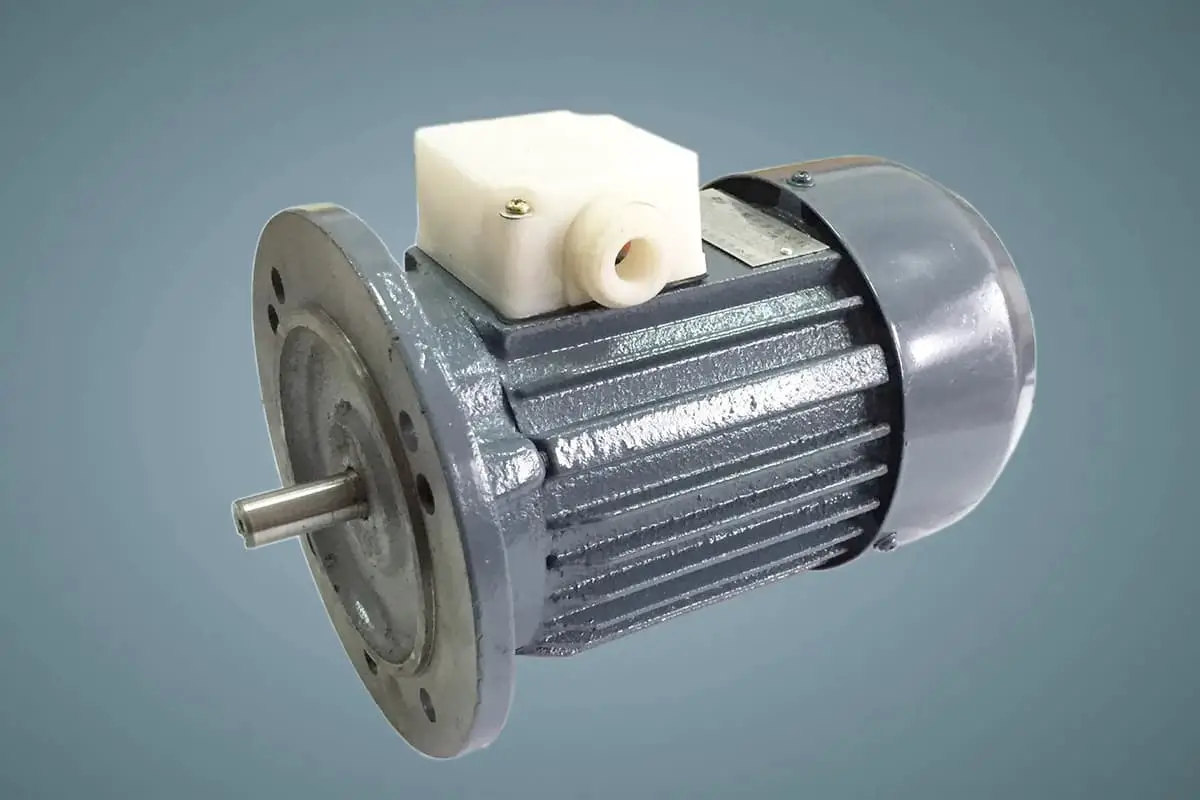
Vertical motors are a common installation type in industrial motors. Their electrical differences compared to horizontal motors are not significant, but they do exhibit some structural disparities.
In terms of bearing selection, there are specific considerations to take into account for both vertical and horizontal motors.

For the locating end bearing, the weight of the rotor in a vertical motor constitutes its axial load. In the absence of any other external radial loads, the radial load imposed by motor air gap deviation becomes the bearing’s radial load.
It is crucial to avoid scenarios where the load borne by the non-locating end bearing is less than the minimum load needed by the bearing.
The locating end bearing should be chosen to withstand axial loads. It’s worth noting that even without an external load, this axial load would be greater than that of a horizontal motor.
Common types of bearings used in vertical motors for the locating end include deep groove ball bearings, angular contact ball bearings, spherical roller bearings, tapered roller bearings, and spherical roller thrust bearings.
In large motors, tapered roller bearings require verification of their housing’s elastic deformation under massive thrust.
In vertical motors, the match between the locating end, non-locating end, and the shaft extension and non-shaft extension ends should be determined based on various maintenance conditions.
In vertically mounted motors, due to the action of gravity, the lubricating grease tends to flow to one side, leading to potential bearing lubrication issues. As per general lubrication recommendations, the bearings in vertical motors mostly opt for grease with a slightly higher viscosity, such as NLGI 3 grease. Additionally, the interval for lubricant replenishment should be halved compared to that of horizontal motors.
Considering the effect of gravity, the grease needs to be injected from the upper end of the bearing housing and expelled from the lower end. This approach ensures that newly added grease can effectively penetrate into the bearing.
Bearings are selected based on the operating conditions of vertical motors, hence, testing should also be conducted vertically. If not, at best, the bearing test for vibration and noise will not correspond with actual operating conditions. At worst, it could burn out the bearings, particularly when a single row angular contact ball bearing is used as the locating end.
During storage and transportation, vertical motors should be transported upright, in line with their working mode. For small, general-purpose vertical motors fitted with deep groove ball bearings internally, no special considerations are needed for their storage and transportation.
However, if a single row angular contact ball bearing is used at the motor’s locating end, it’s crucial to secure the shaft during transportation to prevent the bearing from dislodging, thereby avoiding potential damage.

